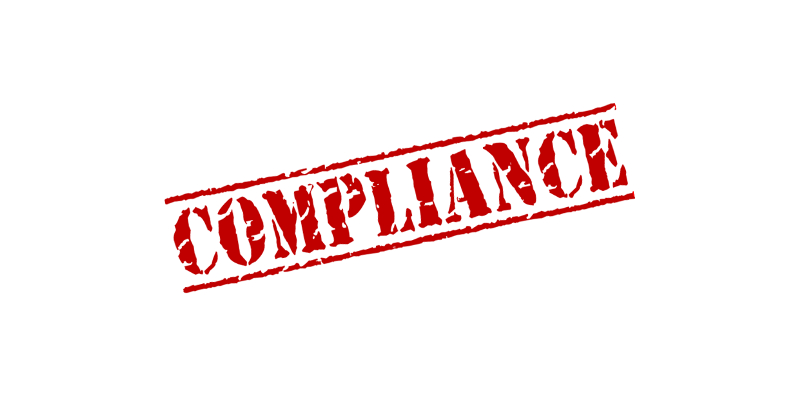A few months ago, I talked with a friend who is also an instructional coach and she was troubled by a district meeting she had attended. As she recounted the meeting, I kept thinking, “Wow, that’s a lot of emphasis in one day-long meeting on compliance.” I asked her how the other coaches in the group had appeared to take in the information. My coaching friend said a couple of brave souls spoke up. One asked, “How much time will be left for instruction if teachers are complying with all these new district requirements?” Yet another asked about the loss of teacher autonomy, “Aren’t we going to trust teachers to assess, plan and teach? If they roll out all these mandates, they have very little say in the instruction their kids receive.”
Well done fearless ones!
I know that from a district standpoint, there is a need for compliance as a way to make sure systems, protocols and processes are consistent. What I think happens, though, is that there becomes, over time, an endless list of non-negotiable requirements and teachers are tethered to systems, products, tools and programs that are quite frankly not in the best interest of young readers and writers.
Take Time to Reflect
A few self-reflection questions might be in order to check on where you find yourself on the Compliance/Empowerment Continuum.
- How much of your daily instruction comes from a source other than your own diligent investigation of research and what experts report to be best for developing agentive readers and writers?
- How much “top down” supervision is controlling the instructional practices in your classroom learning community?
- Do you find yourself needing to rely heavily on a teacher’s guide?
- Are most of your attempts characterized by more student-centered teaching?
- When you plan, do you start with students’ needs first when you plan?
- If you answered yes to any of these questions, you may find yourself caught in a culture of compliance.
Empower Yourself to Assuage Compliance
So, what to do?
Know everything you can about your content area. Read professional books, education blogs, professional publications and follow highly respected, reputable experts in the field of education. Make sure you are well-informed about leading, innovative practices that promote agency in readers and writers in your care.
Advocate for your kids. No one knows your young apprentices better than you. Keep yourself absolutely up-to-date on students’ unique needs and create targeted instruction that facilitates their success. Recently I told a teacher I would be an extra adult to meet with a student of hers that is reading far-below grade level. Before I got started on designing individualized support, I used a couple of tools that gave me valuable information on specific gaps that student had. I know now there are certain “prescribed” tools within our district that would not be the best fit for this student. When anyone questions my instruction, I have valid evidence of the need for the individualized support I designed.
Be assertive and try diplomacy. I recently heard Penny Kittle at an NCTE roundtable session suggest that when leaders are worried and express their concern about a change from the prescribed bits in your practice, it’s best to appeal and ask to “pilot” the new instructional approach. This indicates that there will be a close watch on the effectiveness of the learning environment, practices and assessments in order to monitor student progress.
Let’s be clear.
I’m not advocating a “take no prisoners” approach to your teacher empowerment. We are professionals, however, and we have the platform from which to speak forcefully, respectfully and with an impressive body of knowledge.
One additional tip: write down what you hope to say if someone questions your practice or professional decisions. Craft your arguments in a succinct, courteous (albeit firm) manner. Ask a trusted, colleague to read and comment on your thoughts. Make necessary changes and then read it enough times that it would be easy to share without having the document right in front of you. You’ll feel confident and prepared when you’re asked to state the rationale for your work.
Let’s work together to give kids powerful, personal learning opportunities that are in line with authentic practices readers and writers engage in.
We can do this. We can create a prevailing culture of empowerment.










